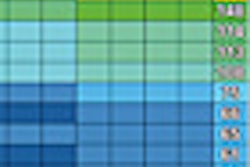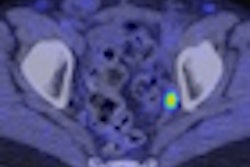The Medical Imaging and Technology Alliance (MITA) has unveiled several new initiatives designed to reduce unnecessary radiation exposure from imaging exams.
MITA's CT Access Control Standard would standardize tools to ensure only an authorized operator can alter the controls of a CT scanner. The guideline would also require the establishment of administrative privileges, access and authorization levels, and the recording of clinical protocols to help ensure safe and appropriate usage.
In addition, MITA highlighted recently developed technologies that would help reduce dose if adopted more widely:
- Automatic exposure controls (AEC) that adjust the amount of x-rays within prescribed bounds as needed to achieve image quality
- Adaptive software filtration and iterative reconstruction algorithms that allow users to selectively reduce noise in uniform areas of an image while preserving edges, enabling a lower dose while maintaining image quality
- Innovations in beam filtration and collimation that help minimize exposure to photons that do not contribute to the quality of an image
In nuclear medicine, advanced detector materials and electronics, as well as image reconstruction algorithms, would allow clinicians to administer less radiopharmaceutical and achieve diagnostic quality, MITA said.
Advanced digital radiography (DR) detector materials, such as cesium needle phosphor, also would improve image quality and reduce dose for DR exams.
Additional quality control, dose management, and information tools and instructions are being developed to help facilities manage dose, participate in dose index registries, and manage equipment settings, according to the organization.



















